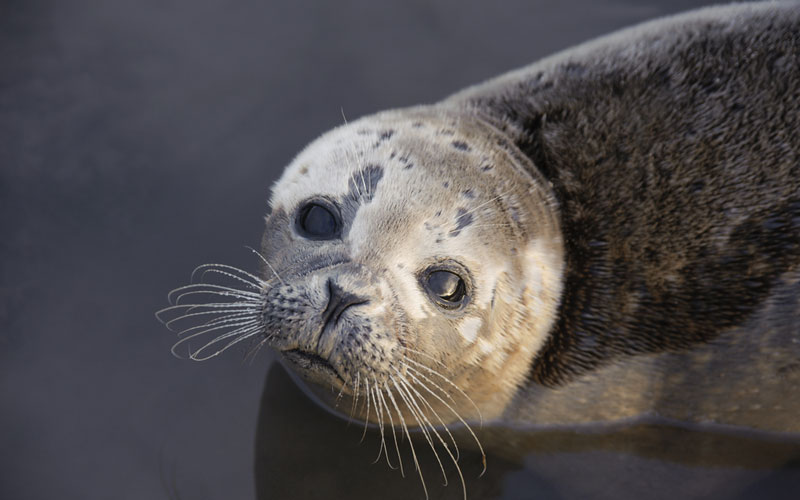New 'Bird Flu' Killing Baby Seals, Raises Concerns for Humans

For about four months beginning in September 2011, 162 dead or dying harbor seals washed up along the New England coast. Most were pups, under 6 months old, and the obvious culprits, like starvation, did not appear to be at work.
It turns out the seals were sickened by a new strain of influenza, one they appear to have caught from birds. The finding is concerning, since the virus has natural mutations that can make it more of a threat to mammals — including humans, according to the researchers.
Many animals, including seals, bats, pigs, birds, even whales can get a type of flu, known as Influenza A, and these viruses can make their way into the human population. Wild birds are the primary natural source of all Influenza A, but the viruses can jump species and mix with one another with deadly results. For example, the 2009 H1N1, or "swine flu," pandemic virus was the result of a combination of bird, pig and human-infecting virus bits coming together.
The new seal virus is a H3N8 virus, a category that includes flu viruses that infect dogs and horses.
It's not clear that this new virus poses more of a potential danger to humans than the dog and horse varieties, lead researcher Simon Anthony, of Columbia University, told LiveScience in an email. [10 Deadly Diseases that Hopped Across Species]
But unlike the dog and horse flu viruses, which have been with their current hosts for some time, this new seal-killing virus jumped from birds quite recently, picking up mutations that have previously helped bird flu viruses adapt to new mammal hosts. These include the ability to bind to receptors found in the respiratory tracts of mammals, including humans, Anthony and colleagues write.
Their genetic analysis indicated the new virus had descended from a strain of bird flu that has been circulating among North American waterfowl since at least 2002.
Get the world’s most fascinating discoveries delivered straight to your inbox.
The adaptations observed in this new virus suggest it may be able to continue infecting seals and evolve into a new branch of H3N8 viruses, as happened with those that infect horses and dogs, they write in research published today (July 31) in the journal mBio.
Follow Wynne Parry on Twitter @Wynne_Parry or LiveScience @livescience. We're also on Facebook & Google+.



